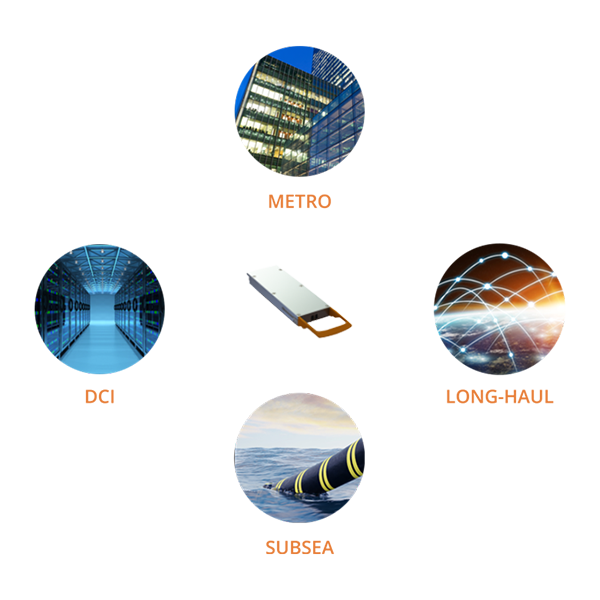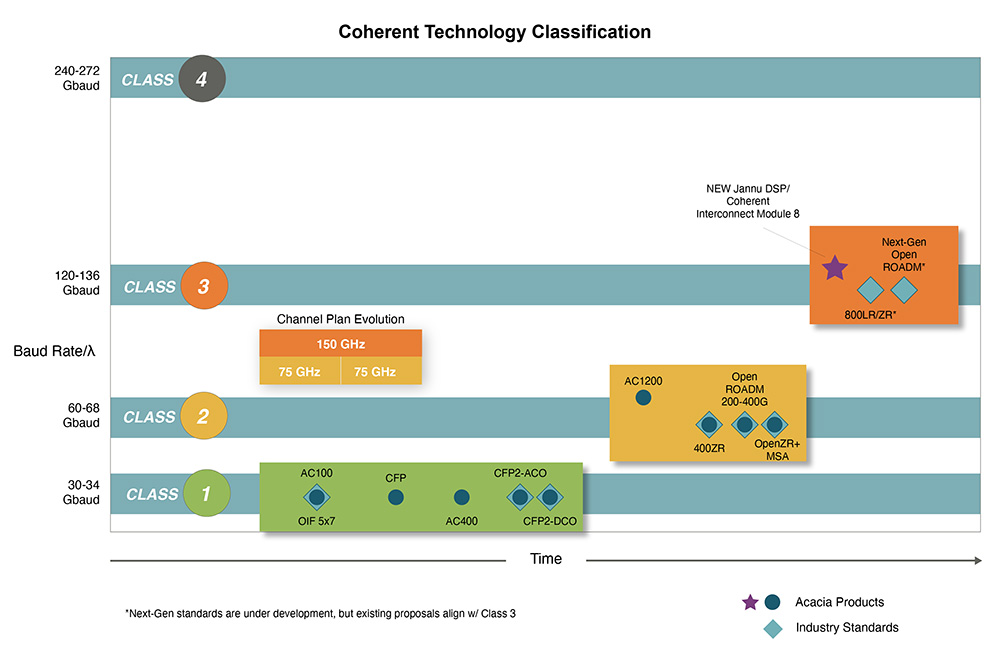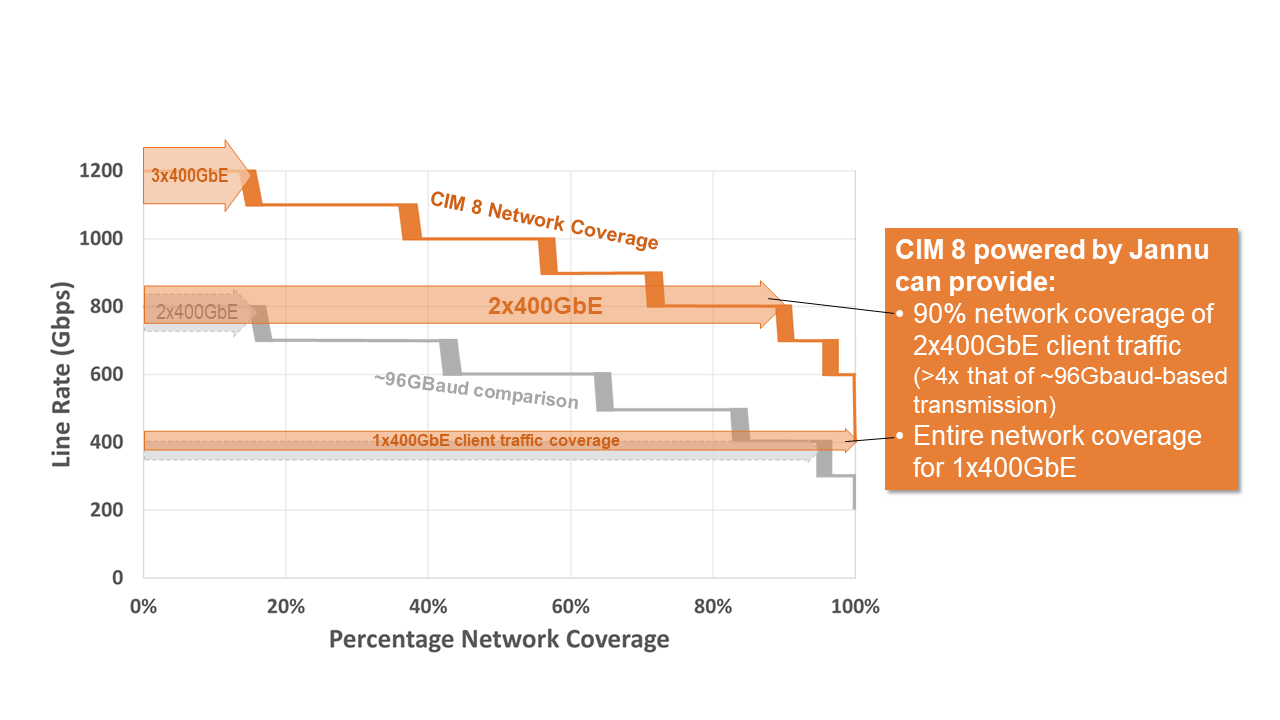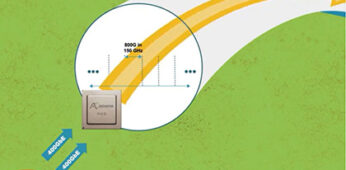As we head into 2022, it’s clear that one of the top priorities for network operators is to efficiently scale their networks to keep up with growing bandwidth demands.
That means 1) knowing what traffic granularity they need to transport and then 2) scaling the capacity in their transport network so that it aligns with the traffic granularity they need to move.
In addition, operators are looking for a common solution that can maximize network capacity over the widest network coverage. This can provide the ability to scale to higher capacity in a cost-effective way.
400GbE is Today’s Unit of Currency
Networks are evolving from 100GbE to 400GbE dominant traffic. As Telia Carrier stated, “400G: it’s here and huge!.” Network operators now need to figure out a way to build their networks to best support 400GbE traffic. True multi-haul solutions have emerged to meet this need because they were designed to be a flexible solution for DCI, metro, long-haul and subsea applications. However, a multi-haul solution is only effective if it can carry the different types of traffic it needs to transport while maximizing the value of existing infrastructure and reducing operational costs.

Multi-haul solutions maximize fiber utilization and simplify deployment.
Modulation Order Drives Design Decisions
Class 2 implementations utilizing 4 bits/symbol (~16QAM) and 60-64Gbaud have been standardized in the industry because they address a wide range of DCI and service provider metro applications as networks transition to 400GbE. Multi-haul implementations allow even greater reaches using approximately 4 bits/symbol with shaping and higher gain forward error correction algorithms. Class 2 multi-haul products transport 400GbE clients over the majority of network applications using 4 bits/symbol, with the ability to dial down the modulation format to 2 bits/symbol for the most challenging ultra-long-haul links.
Looking to Class 3 multi-haul products, efficient transmission of 400GbE traffic can best be achieved by doubling the baud rate to 120-128Gbaud. This enables 4 bits/symbol transmission supporting 800G line rates and 2 bits/symbol supporting 400G line rates. In high-capacity edge applications, these Class 3 products can support up to 1.2T line rates. By aligning client traffic granularity with the modulation orders that can best support network applications, identifying the preferred baud rate for Class 3 implementations becomes straightforward.

The industry has standardized on Class 2 implementations utilizing 4 bits/symbol (~16QAM) and 60-64Gbaud for various 400G implementations that address a range of DCI and service provider network applications.
Maximizing Network Application Coverage
A recently introduced Class 3 multi-haul solution, Acacia’s Coherent Interconnect Module 8 (CIM 8), can address transmission of multiple 400GbE client interfaces over virtually any network application, delivering 1.2T per carrier capacity for high-capacity DCI interfaces, 800G per carrier capacity over most optical links using 4 bits/symbol (~16QAM) modulation, and 400G per carrier over long-haul and subsea links.
Leveraging actual data from representative networks, the below simulation shows that the CIM 8 can effectively address subsea applications with 400G links, long-haul and metro with regional 800G (2x400G) and DCI and metro networks with 1.2T. This means that the CIM 8 can provide efficient transport of 400GbE client traffic across the entire network, including 90 percent coverage using 800G (2x400GbE client traffic).

Utilizing data from actual service provider networks, Acacia’s CIM 8 can provide ~90% 800G network coverage compared to <20% for ~96Gbaud systems.
Scaling Efficiently and Cost-Effectively Today and Tomorrow
Network operators are being challenged more than ever before to scale their networks efficiently and cost effectively. Key to achieving this is knowing what kinds of traffic they are transporting and then building the right system that can most effectively transport that traffic.
As we approach Shannon’s Limit, further improvement will come from going to higher baud rates, but in a cost-effective way. As this article has discussed, having one solution that can be leveraged across all the various applications can enable an efficient and cost-effective solution for network operators looking to scale their networks today and in the future.


